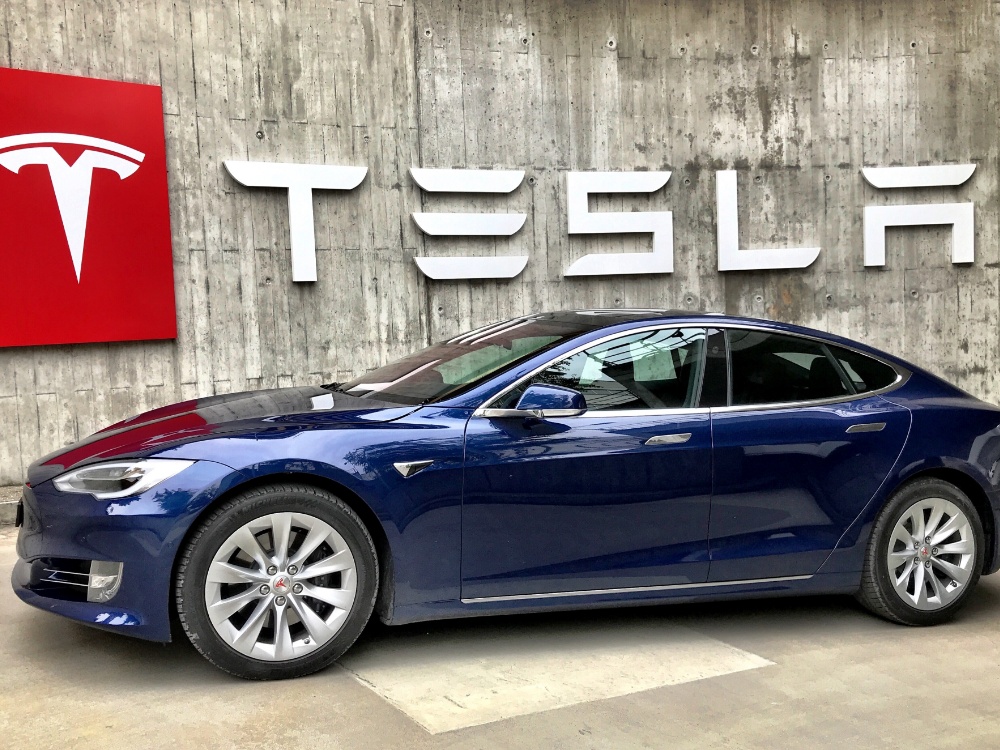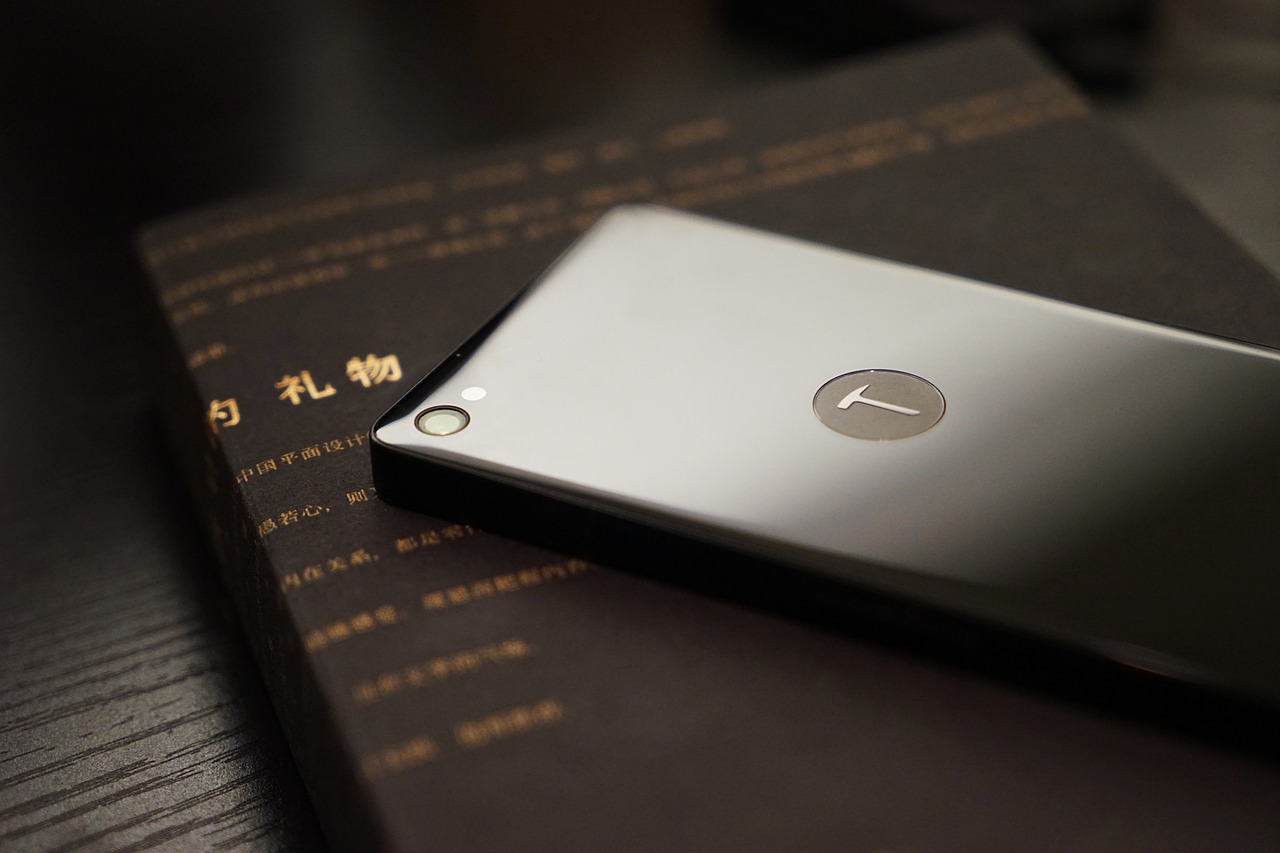World’s first solar-powered electric car enters production

The Lightyear One, the world’s first long-range solar-powered electric car, has entered production. Developed by a Dutch startup, the vehicle features five square meters of solar panels on its roof and hood, which can provide up to 12,000 km of driving per year. The car also features a battery that can be charged from a standard electrical outlet, allowing for an additional 600 km of driving range. With a sleek design and advanced engineering, the Lightyear One represents a significant milestone in the development of sustainable transportation.
The Lightyear One has been in development for several years and has already garnered significant interest from both the automotive industry and consumers. The car’s creators have emphasized the vehicle’s ability to reduce the environmental impact of driving, noting that it produces zero emissions and relies on renewable energy sources. The car is also designed with performance in mind, featuring a lightweight design and advanced technologies that enable it to achieve high speeds and handle well on the road. While the Lightyear One is currently only available in select markets, its production represents a major step forward in the development of sustainable transportation and the growing demand for electric vehicles.In a groundbreaking leap towards sustainable transportation, the automotive industry welcomes a revolutionary marvel—the world’s first solar-powered electric car. As concerns over environmental conservation and the need for eco-friendly alternatives continue to grow, this innovative vehicle marks a significant milestone in the pursuit of greener mobility solutions.
The Rise of Solar-Powered Electric Cars
The automotive landscape has witnessed a remarkable shift in recent years, with a fervent emphasis on reducing carbon footprints and embracing clean energy. The advent of electric vehicles (EVs) has been a pivotal part of this movement, with major automakers investing heavily in research and development to create efficient and eco-friendly alternatives to traditional combustion engines.
The world’s first solar-powered electric car takes this commitment to sustainability a step further by harnessing the power of the sun to propel itself. This groundbreaking technology signifies a remarkable synergy between solar energy and electric mobility, offering a glimmer of hope for a greener, more sustainable future.
Technological Marvels Behind the Solar-Powered Electric Car
The solar-powered electric car’s core lies in its innovative technology that seamlessly integrates solar panels onto its surface. These photovoltaic panels are strategically placed on the car’s roof, hood, and even sides, ensuring maximum exposure to sunlight during the vehicle’s operation. The solar cells efficiently convert sunlight into electricity, which is then stored in the car’s battery for later use.
This ingenious integration not only reduces the reliance on traditional charging methods but also extends the car’s range, making it an attractive option for eco-conscious consumers. The efficiency of these solar panels, combined with advancements in battery technology, presents a compelling case for the viability and sustainability of solar-powered electric vehicles.
Driving Towards a Greener Future
The environmental advantages of solar-powered electric cars are undeniably substantial. By harnessing the sun’s energy, these vehicles significantly decrease their reliance on traditional electricity sources, thereby reducing the overall carbon footprint associated with charging EVs. This shift towards renewable energy aligns with global efforts to combat climate change and promote sustainable living.
Moreover, the solar-powered electric car’s ability to generate its electricity translates into increased energy independence for the owners. As traditional energy sources face uncertainty and environmental concerns, this self-sufficient approach becomes an attractive prospect, offering a more resilient and sustainable way to power personal transportation.
Economic Considerations
While the initial investment in a solar-powered electric car may seem higher than traditional vehicles, the long-term economic benefits cannot be ignored. The reduced dependency on external energy sources leads to substantial savings on fuel or charging costs over the vehicle’s lifespan.
Governments and local authorities are also recognizing the importance of promoting green technologies. In many regions, incentives and subsidies are being introduced to encourage the adoption of solar-powered electric vehicles. These financial perks, combined with the long-term cost savings, make the prospect of owning a solar-powered electric car increasingly appealing from an economic standpoint.
Challenges and Opportunities
Despite the promising advancements, the solar-powered electric car is not without its challenges. The efficiency of solar panels can be affected by factors such as weather conditions, shading, and time of day, posing limitations on the car’s reliance solely on solar energy. However, manufacturers are actively addressing these challenges through continuous research and development, exploring ways to enhance solar panel efficiency and storage capabilities.
The evolving landscape also presents opportunities for innovation. Collaboration between the automotive and technology sectors could lead to breakthroughs that address current limitations and further optimize the performance of solar-powered electric cars. As the industry embraces these challenges, the potential for overcoming current obstacles becomes increasingly feasible.
Impact on the Automotive Industry
The introduction of the world’s first solar-powered electric car is more than just a technological feat—it signifies a paradigm shift within the automotive industry. Major manufacturers are now compelled to prioritize sustainable practices, not only for compliance with environmental regulations but also to meet the growing demand for eco-friendly alternatives.
This shift towards green innovation is fostering healthy competition among automakers, driving the development of more efficient and sustainable technologies. The positive impact of this competition extends beyond individual companies, contributing to a collective effort to create a more sustainable future for the entire automotive industry.
Consumer Perspectives
As consumer awareness of environmental issues grows, there is an increasing demand for sustainable choices in all aspects of life, including transportation. The world’s first solar-powered electric car caters to this demand, offering environmentally conscious consumers a viable option that aligns with their values.
The driving experience of a solar-powered electric car goes beyond just reducing carbon emissions. Owners often express a sense of pride in contributing to a greener planet while enjoying the economic benefits associated with this innovative technology. As more consumers prioritize sustainability in their purchasing decisions, the demand for solar-powered electric cars is expected to rise, further propelling the industry towards a sustainable future.
A Bright Future for Solar-Powered Electric Cars
The production of the world’s first solar-powered electric car marks a historic moment in the evolution of the automotive industry. With a focus on harnessing the power of the sun, this innovative vehicle paves the way for a more sustainable and environmentally conscious future.
As technology continues to advance, the challenges associated with solar-powered electric cars are likely to diminish, making them an increasingly attractive option for consumers worldwide. With governments, manufacturers, and consumers working in tandem, the dream of a world powered by clean and renewable energy is not just a distant vision—it is a tangible reality, driving us towards a greener and more sustainable future on the roads we travel.



